Discovery Of The Least ‘Metallic’ Stellar Structure In The Milky Way
Eddie Gonzales Jr. – MessageToEagle.com – The sun is made up of 98.5% hydrogen and helium, two light chemical elements, while the remaining 1.5% consists of other, heavier elements such as carbon, oxygen, and iron. The abundance of heavier elements in a star is called its metallicity, and varies from star to star.
Distribution of very dense groups of stars in the Milky Way, called globular clusters, superimposed on a map of the Milky Way compiled from data obtained with the Gaia Space Observatory. Each dot represents a cluster of a few thousand to several million stars, as in the insert image of the Messier 10 cluster. The color of the dots shows their metallicity, in other words, their abundance of heavy elements relative to the Sun. The C-19 stars are indicated by the light blue symbols. Credit: N. Martin / Strasbourg Astronomical Observatory / CNRS; Canada-France-Hawaii Telescope / Coelum; ESA / Gaia / DPAC
It now turns out that the Milky Way is home to a stellar structure uniquely comprising stars with extremely low metallicity, with a heavy element content 2,500 times lower than that of the sun. This is well below that of any other known stellar structure in the universe.
This discovery, made by an international team led by a CNRS researcher at the Strasbourg Astronomical Observatory (CNRS / University of Strasbourg), and involving scientists from the Galaxies, Stars, Physics and Instrumentation Laboratory (Paris Observatory—PSL / CNRS) and at the J-L Lagrange Laboratory (CNRS / Côte d’Azur Observatory), is published on January 5, 2022 in the journal Nature.
This group of stars all belongs to a stellar structure in the Milky Way called C-19. Not only does this discovery challenge our current understanding and models of the formation of these stellar groupings, which exclude the existence of structures composed only of such stars, it also opens a direct window to the very earliest ages of star formation and the development of stellar structures in the very distant past.
Since heavy elements were produced by successive generations of massive stars, the low metallicity of the C-19 stars shows that they were formed only a short time after the birth of the universe.
Written by Eddie Gonzales Jr. – MessageToEagle.com Staff
Related Posts
-
 Can You Create A Universe From Nothing?
No Comments | Feb 26, 2013
Can You Create A Universe From Nothing?
No Comments | Feb 26, 2013 -
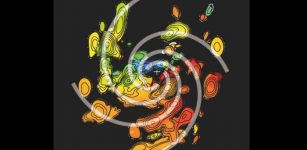 Spiral Pattern Gives Clue To How High-Mass Stars Form
No Comments | Mar 6, 2023
Spiral Pattern Gives Clue To How High-Mass Stars Form
No Comments | Mar 6, 2023 -
 Two Stars Residing In Nebula M3-1 Complete An Orbit Around Each Other In Only 3 Hours
No Comments | Oct 24, 2018
Two Stars Residing In Nebula M3-1 Complete An Orbit Around Each Other In Only 3 Hours
No Comments | Oct 24, 2018 -
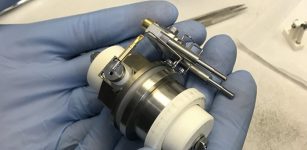 New Small Laser Device Can Help Detect Life Signs On Other Planets
No Comments | Jan 17, 2023
New Small Laser Device Can Help Detect Life Signs On Other Planets
No Comments | Jan 17, 2023 -
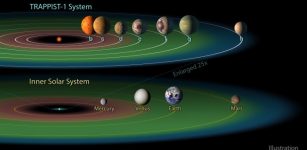 Younger Exoplanets Are Better Candidates When Looking For Other Earths
No Comments | May 7, 2022
Younger Exoplanets Are Better Candidates When Looking For Other Earths
No Comments | May 7, 2022 -
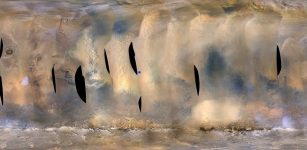 Huge Dust Storm On Mars Hits NASA’s Opportunity Rover
No Comments | Jun 12, 2018
Huge Dust Storm On Mars Hits NASA’s Opportunity Rover
No Comments | Jun 12, 2018 -
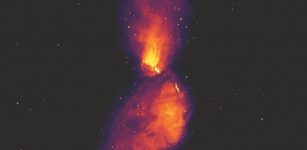 Black Hole Eruption Spanning 16 Times The Full Moon In The Sky – Captured
No Comments | Dec 23, 2021
Black Hole Eruption Spanning 16 Times The Full Moon In The Sky – Captured
No Comments | Dec 23, 2021 -
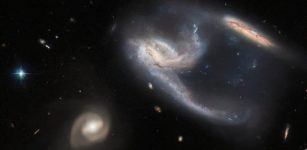 Hubble Spots A Starship-Shaped Galactic Pair
No Comments | Jan 29, 2022
Hubble Spots A Starship-Shaped Galactic Pair
No Comments | Jan 29, 2022 -
 Tribute To Carl Sagan – One Of The Greatest Scientists To Have Ever Walked The Earth
No Comments | Nov 9, 2015
Tribute To Carl Sagan – One Of The Greatest Scientists To Have Ever Walked The Earth
No Comments | Nov 9, 2015 -
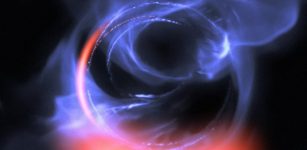 Supermassive Black Hole Resides At The Center Of Our Milky Way
No Comments | Nov 5, 2018
Supermassive Black Hole Resides At The Center Of Our Milky Way
No Comments | Nov 5, 2018

